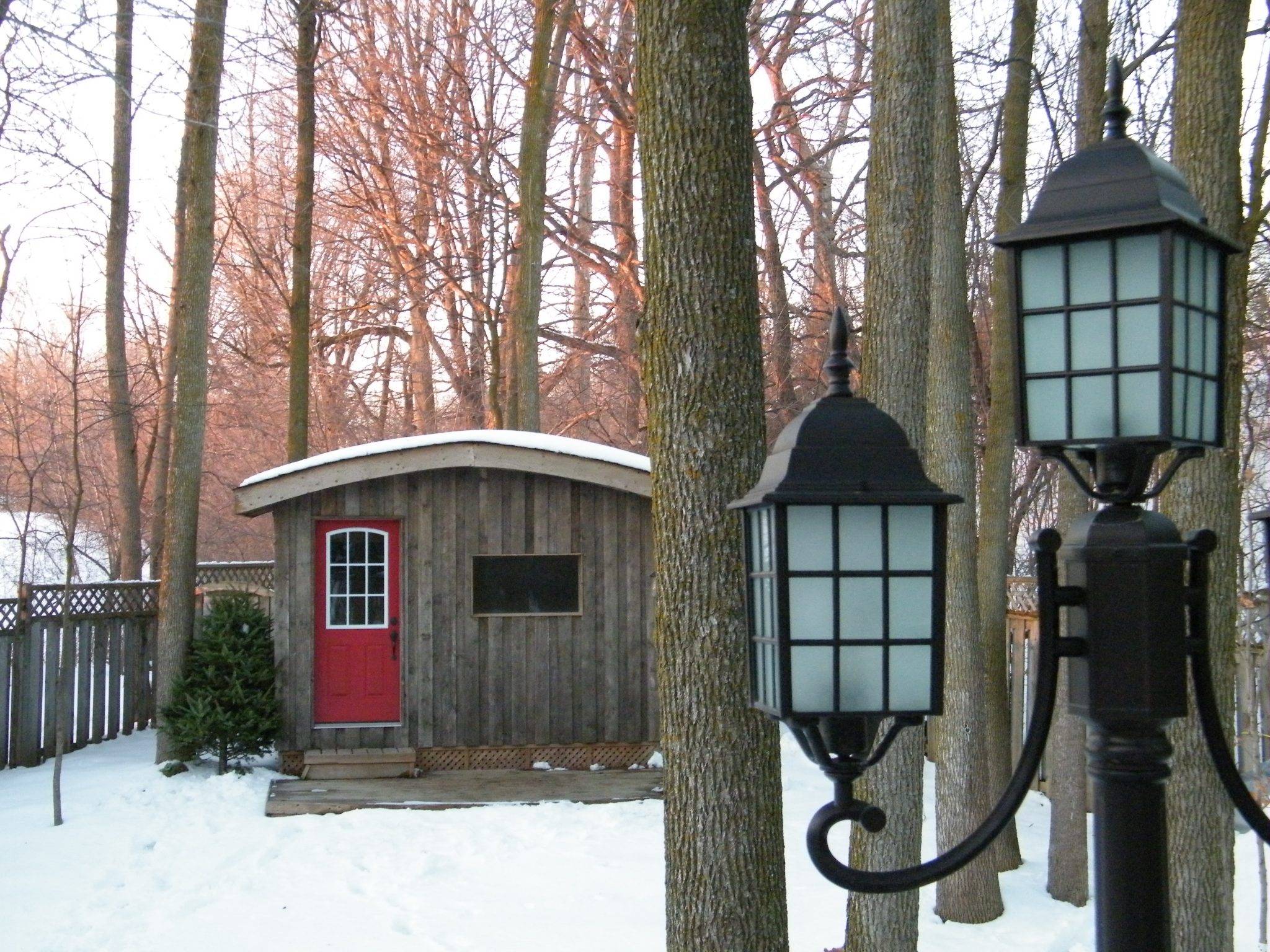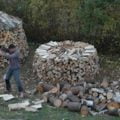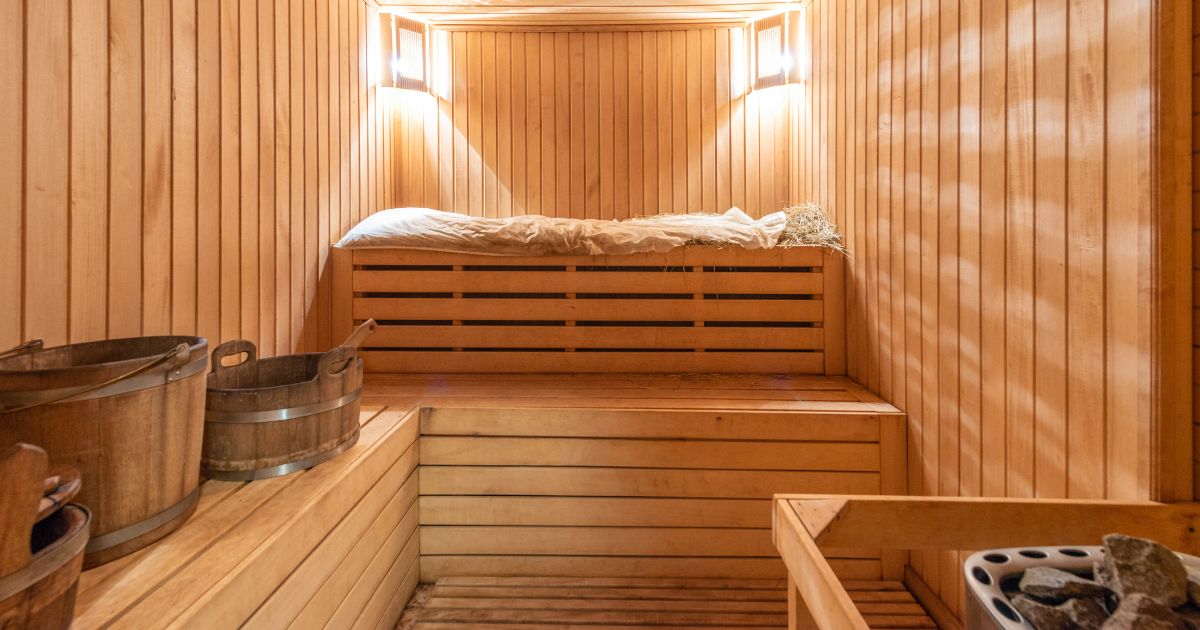When your aging furnace finally breathes its last… When you add to your home or build a house new from the ground up… When the cost of fuel goes so high that you’ll do anything to lower your heating bill… Sooner or later, you’ll have to consider heating options.
Heating typically accounts for 60 percent of all the energy we use in the home, an expense that has increased more than 120 percent over the past decade. Even so, the cost of home heat varies widely: by region, by season and by any number of other factors. Some heating systems are inherently more efficient than others at converting fuel to heat. Likewise, some forms of fuel provide more heat energy than others, but they also may cost a lot more to purchase. Your choices, therefore, can make a big difference to your budget.
“Heating typically accounts for 60 percent of all the energy we use in the home, an expense that has increased more than 120 percent over the past decade.”
Given the fluctuating prices of many types of fuel, predicting heating costs over the next 20 years (the average life span of a heating appliance) is next to impossible. The only thing we can say for sure is that the cost is not going to go down. Your best bet, then, is to choose an option that produces the most heat for the least amount of fuel. Here’s how the various options shape up:
Oil
Fuel oil provides an energy content of 38.2 MJ/litre (“megajoules” are a standard measure for energy productivity), which isn’t bad compared to other fuels. Oil furnaces (hooked up to a forced-air duct system) and boilers (for hot-water heating systems), have been around for generations but today’s offerings are infinitely more efficient than the old behemoths were. At best, those old units ran at about 70-percent efficiency, whereas today’s new models, with their advancements in burner design, deliver a rating of up to 86 percent.
To take advantage of the newer technology, you’ll have to upgrade your masonry chimney with a stainless-steel liner. A less expensive way to improve the efficiency of an older furnace/boiler is to replace the old, cast-iron burner with a new “flame retention head,” which does a better job of mixing fuel and air. Another option is to install a space-heater in a room that tends to be cold in the winter. Available in different sizes and trim levels, some models can deliver almost as much heat as a small furnace, with the added bonus of working when there’s a power failure. As for price, heating oil continues to be a volatile commodity, expected to reach new heights in the not-too-distant future.
Don’t heat with oil if:
- you have a problem with the idea of burning non-renewable, petrochemicals.
- you want to side-step all the global politics revolving around oil.
- you want to predict your annual heating budget in advance.
- you don’t already have or can’t budget for ductwork.
Natural Gas And Propane
Both natural gas and propane rose to the fore as alternatives to conventional heating oil, without stretching out of the petroleum family. Both burn cleaner than oil and, before the advent of today’s better oil furnaces, neither were plagued by the “burnt” smell that often accompanied oil heat. The energy content of natural gas (37.5 MJ/cubic metre) is slightly lower than oil, while propane is even more so, at just 25.3 MJ/litre. Propane lost its price advantage years ago and today costs a lot more than natural gas, although the latter isn’t the bargain it once was either.
Between them, the choice has less to do with cost and more to do with availability. Gas is delivered by pipeline and is more common in the city, where there are enough customers to amortize the price of the infrastructure. Propane, which is compressed and delivered by truck, is the more likely choice for country dwellers.
Both natural gas and propane afford the option of a gas fireplace to snuggle up in front of on cold winter nights. With none of the fuss of a conventional fireplace, their appeal is undeniable. But just like its wood-burning cousin, gas fireplaces aren’t nearly as efficient as a furnace: Compare 70-percent efficiency, at best, to 96 percent for a top-rated gas or propane furnace. Bottom line? If you’re springing for one of these pricey fuels, do your homework and find a unit that will give you the most bang for your buck.
Don’t heat with propane if:
- you’re on a tight budget. In many localities, propane is considered the most expensive of all conventional fuels.
- your green conscience precludes the use of fossil fuels.
- you can’t abide the sight of a great big fuel tank beside your driveway.
- See oil.
Electricity
Electricity provides 3.6 MJ of heat per kilowatt-hour, but its real trump card is its efficiency: A full 100 percent of its energy is converted directly into heat, outperforming all the other conventional fuels—with no waste. Sounds great, but there are two caveats. One is cost: In most jurisdictions, electric furnaces and baseboards rank among the most expensive ways to warm your home. (This doesn’t apply in Quebec, where electric heat is the norm.)
Second, electricity is no greener than fossil fuels unless you know the supplier. If it was generated by, say, an old coal-fired hydro plant, emissions at the source are as much an issue as with oil or gas heat.
Don’t heat with electricity if:
- you balk at the price. This can easily happen unless you live in Quebec.
- your green conscience won’t let you. Consider buying your electricity from a green provider.
- you are looking for the romance of a flickering fire.
Wood
Firewood used to be the only fuel available to rural dwellers. Today, it’s still a viable option for those who live in forested parts of the country—it’s abundant, renewable and relatively cheap. Indeed, wood is the bargain among conventional fuels, especially if you cut and stack it yourself. Perhaps this explains why sales of wood-burning stoves have been growing by 25 percent annually since 1999.
Wood provides an amazing 30,600 MJ per bush cord and what’s more, buying local firewood does not contribute to any multinational corporation or global political quagmire, a perk for the activists among us.
Although it has a reputation as an environmental choice, wood isn’t necessarily benign. In fact, wood smoke has been singled out as a nasty source of air pollution, but this is less of a problem if you buy a stove equipped with a catalytic converter and other emissions controls (mandatory in some provinces). Today’s stoves and high-efficiency fireplace inserts are far more fuel-efficient than they used to be and remain a vast improvement on open-hearth, masonry fireplaces of a century ago, which actually pulled more heat from the house than they put back in. While a high-tech wood stove can perform at about 75 percent efficiency with minimal emissions and creosote build-up, the best you can expect from a wood-burning furnace is an efficiency rating of 55 percent, with higher emissions.
Installed in the main living area, especially in an open-concept floor plan with few interior walls, a modern wood-burning stove can provide almost all the heat you’ll need. And if you live in an older or larger home already equipped with an oil, gas or electric furnace or boiler, a new fireplace insert or wood stove can help you save
substantially on your overall fuel costs.
Don’t heat with wood if:
- you cringe at the idea of keeping vigil over the fire and making regular trips out to the shed for yet another armload of wood.
- you don’t have room for a wood box in your family room.
- you suffer from respiratory ailments—wood heat really dries out indoor air. Keep a kettle steaming on the stovetop to alleviate this.
- you’re not prepared to shell out a surcharge on your insurance premium.
- the wood has to be trucked a long way—you’ll pay through the nose
for shipping.
Geothermal, The Green Choice
When it was introduced to the mainstream in the 1990s, it sounded like a bit of a stretch. Energy from the earth? To heat my house? Never pay for heating oil again?
It’s this last notion—freedom from oil dependency—that turned the tide for geothermal (and its close cousin, aquathermal) and made it the fastest growing heating technology in North America and a viable alternative to oil, electricity and other conventional fuels. Indeed, it is one of the few home-heating applications that doesn’t rely extensively on fossil fuels and thus it ranks as the greenest way to heat your home. And as the price of oil continues to rise—and it surely will—its prospects look good for the budget-conscious consumer. Ten years ago, you’d have been hard-pressed to find a contractor, but now the Yellow Pages list dozens. There are about 50 in Ontario alone.
Rather than create heat the way a conventional stove or furnace does, geothermal simply moves heat from the source—that is, the ground (or in the case of aquathermal, a well or lake)—and transfers it to the house. It’s kind of like a refrigerator in reverse. It works because the ground temperature is more or less constant—about 10°C or 50°F—year-round, employing a loop of pipes dug four feet into the earth, whose sole purpose is to suck heat from the ground and spit it into the house; a compressor brings the room temperature up to a comfortable level. Bonus: in summer, the system switches into reverse and pumps hot household air out. Extra bonus: The system can be used to provide household hot water.
For all its promise, geothermal has an Achilles heel; in fact, it has a few. A typical installation can easily run in the range of $25,000, thanks to the upfront cost of excavation and fitting the network of underground pipes. Likewise, the household hydro bill will spike—by several hundred dollars, if not more—because it takes extra electricity to run the compressor. Moreover, inadequate design or poor installation can render a system hopelessly inefficient. Still, there is a significant silver lining. If you live with it long enough, geothermal will eventually pay for itself (a typical payback is less than ten years), even faster in light of ongoing incentives from provincial and federal governments. And best of all, you’ll never pay another heating bill.
Don’t heat with geothermal if:
- you can’t afford the upfront cost.
- you won’t own the house long enough to recoup the cost of installation.
Wood Pellets, The Other Green Choice
A pellet stove (and its larger cousin, the pellet furnace) burns wood pellets made from compressed sawdust, branch tips, wood chips and other byproducts of the lumber industry. It gets a green nod because it uses something that would normally go to waste. Moreover, emissions are minimal, and a pellet stove doesn’t require a chimney—it can be vented outside with a mere exhaust pipe. It’s a pretty convenient choice, too, because unlike a conventional wood fire, which has to be tended all day long, a pellet stove has a hopper in which you dump a bag of pellets, enough to burn for a few days. Regulated by an auger, the pellets drop, one by one, through to a firebox; the fire is maintained by a fan within the unit.
Best of all, the pellets are dirt cheap. However, the stove itself isn’t. Because of their working parts and inside gizmos, pellet stoves are more expensive than even a fancy enamel-painted woodstove. In deciding between pellets and firewood, the general rule is: If you have to pay for your wood, then it is usually cheaper to heat with a pellet stove than with a conventional log-burning appliance. If your wood is free and you’re willing to do the chopping, a wood stove often works out to be the better buy.
Don’t heat with pellets if:
- you don’t have the strength or the inclination to lug dog-food-sized bags of pellets around.
- are prone to power failures: On most stoves, the fan and the auger operate on electricity, which renders the unit helpless during a blackout.
- if the math suggests that the purchase price sand operation make a conventional wood stove a better deal.
Factors That Affect Your Heating Bill
…but are beyond the cost of the fuel itself
Architecture It’s not just about square footage. It’s the volume of air, determined largely by the height of your ceilings, that is key to how much fuel your heating system consumes.
Insulation No matter which fuel you use, the best way to reduce heating costs is to improve the energy efficiency of your home with proper insulation and weatherstripping. A well-insulated house burns only half the fuel of its drafty neighbour.
Comfort You pay dearly if you insist on barefoot comfort throughout the winter. By setting the thermostat lower at night, or by donning a sweater through the day, you can save significant amounts on your fuel bill—some estimates say as much as 25 percent.
Anybody home? If they’re smart, folks who leave their homes for more than a couple of hours at a time should turn down their thermostats a few degrees and reap the savings.
Geography is a no-brainer. Obviously, it costs less to heat a home on balmy Vancouver Island than it does above the Arctic Circle.













